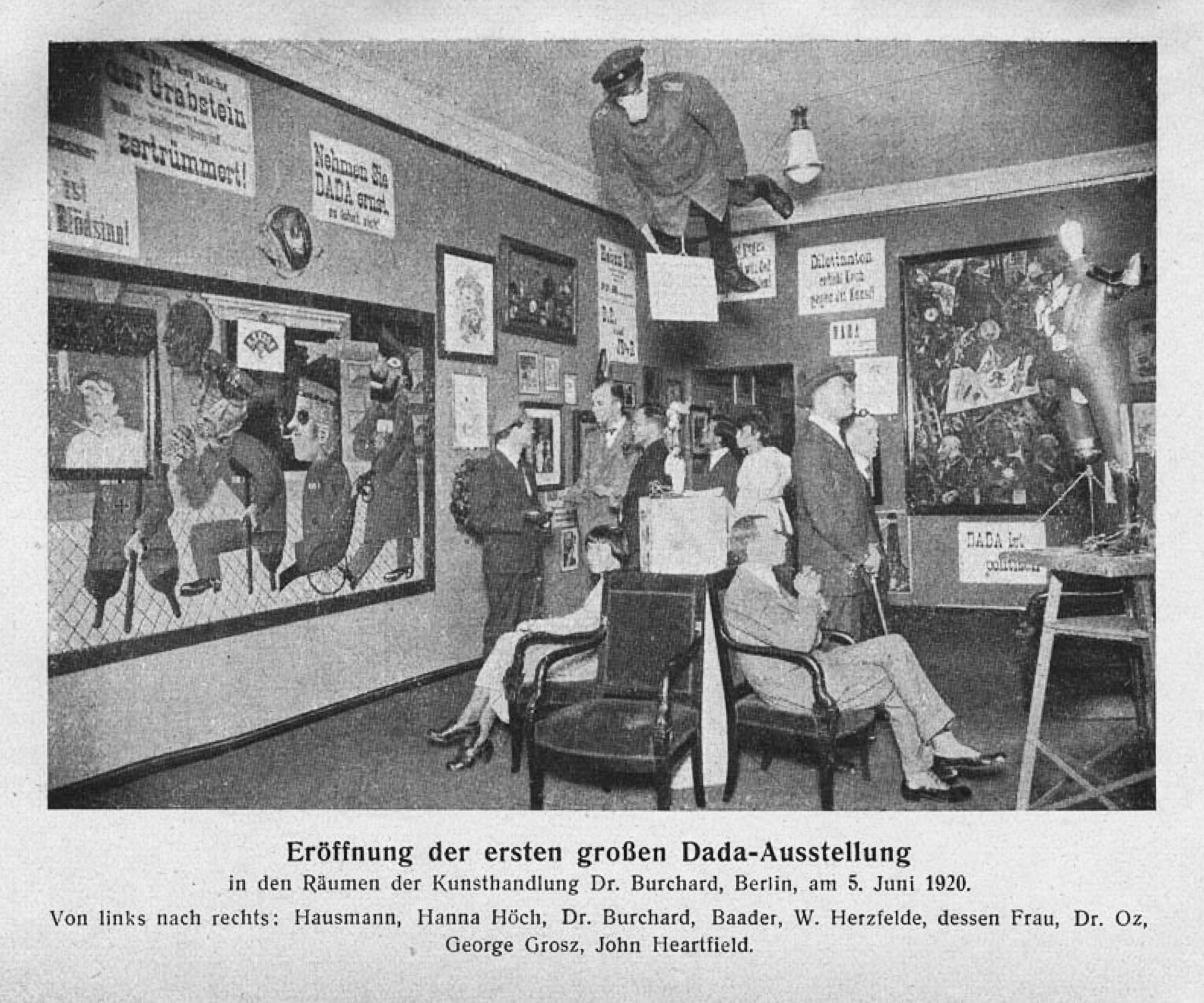History of Classical Music
- Introduction to Classical Music
- The Medieval Period (500-1400)
- The Renaissance Period (1400-1600)
- The Baroque Era (1600-1750)
- The Classical Period (1750-1820)
- The Romantic Period (1820-1900)
- The 20th Century (1900-2000)
- Modernism in Music
- Postmodernism in Music
- Women in Music
- Contemporary Music
- The Intersection of Classical Music & Pop Culture
Postmodernism in Music
Introduction to Postmodernism in Music

Avant-garde art movement in the early 20th century.
Postmodernism in music is a term that describes trends in composition that emerged in the mid to late 20th century. This period saw a shift from the structured, rule-bound compositions of the modernist era to a more fluid, eclectic style that drew from a wide range of influences.
Understanding Postmodernism
Postmodernism is a broad term that encompasses a variety of artistic, cultural, and philosophical movements. In music, it refers to a departure from modernist ideals of originality, progress, and the pursuit of an ultimate truth. Instead, postmodern composers embrace a more pluralistic approach, often drawing from multiple styles and traditions to create works that defy easy categorization.
Historical Context
The postmodern era in music is generally considered to have begun in the mid-20th century, although its roots can be traced back to earlier movements such as Dadaism and Surrealism. The period was marked by a sense of disillusionment with the grand narratives and ideologies of modernism, leading to a more skeptical, relativistic outlook.
Characteristics of Postmodern Music
Postmodern music is characterized by its eclecticism and resistance to definition. It often incorporates elements from a wide range of musical styles, from classical to popular to non-Western music. This blending of styles, known as pastiche, is a key feature of postmodern music.
Another characteristic of postmodern music is its emphasis on process over product. Composers often experiment with unconventional methods of composition and performance, challenging traditional notions of what constitutes music.
Finally, postmodern music often engages with the listener in a more direct, immediate way than modernist music. It frequently incorporates elements of humor, irony, and parody, and it may invite the listener to participate in the creation of the musical experience.
In conclusion, postmodernism in music represents a significant departure from the ideals of modernism. It embraces a more pluralistic, inclusive approach to composition, drawing from a wide range of influences and challenging traditional notions of musicality. This era of music is marked by its eclecticism, its emphasis on process, and its direct engagement with the listener.